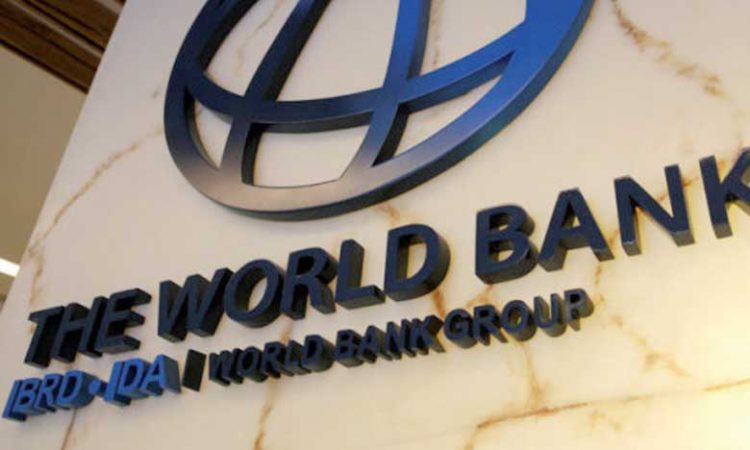Growth in Sub-Saharan Africa in 2018 is expected to rise up to 3.2 percent, against 2.4 percent last year, the World Bank said in its report on the global economic outlook.
The largest contributors to this growth are Ghana (8.3%), Ethiopia (8.2%) and Côte d’Ivoire (7.2%). This boom should be driven by increased investment, especially in the infrastructure sector.
As for the capitals of the region’s major exporters of hydrocarbons and minerals, the Bretton Woods institution is forecasting a modest improvement. While Nigeria will post an estimated growth of 2.5% (compared to 1% in 2017), Angola and South Africa will observe respective rates of 1.6% and 1.1%.
The forecasts for North Africa and the Middle East (MENA) show a clear progression of the economy of this region. “According to projections, growth in the region will accelerate to 3% in 2018, compared to 1.8% in 2017.” the report says.
In North Africa, should be the main growth engine with a GDP of 4.9%. The increase in the performance of the country of the Pharaohs should be motivated by the ongoing reforms. The report forecasts an increase in industrial activity and exports, stimulated by the improvement of the business climate. Algeria is in second position with growth estimated at 3.6%, driven by expansionary fiscal policy. Morocco and Tunisia are closing with growth of 3.1% and 2.7% respectively.
The report stresses the importance for African economies to intensify cross-sector structural reforms and security policies, in order to boost the growth of the continent for the coming years.
Impact on employment
The latest forecasts by the World Bank indicates that the employment sector in Africa should pursue its growth. The benefits of growth, particularly in Nigeria, Côte d’Ivoire, Ghana, Algeria or Morocco will bring more value to companies, which should improve the weight of investments.
Then, the creation of wealth will generate skills needs. Recruitment at company level should therefore increase for the year 2018, especially in these major sectors: infrastructure, industry, mining, agribusiness etc.

